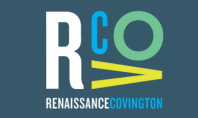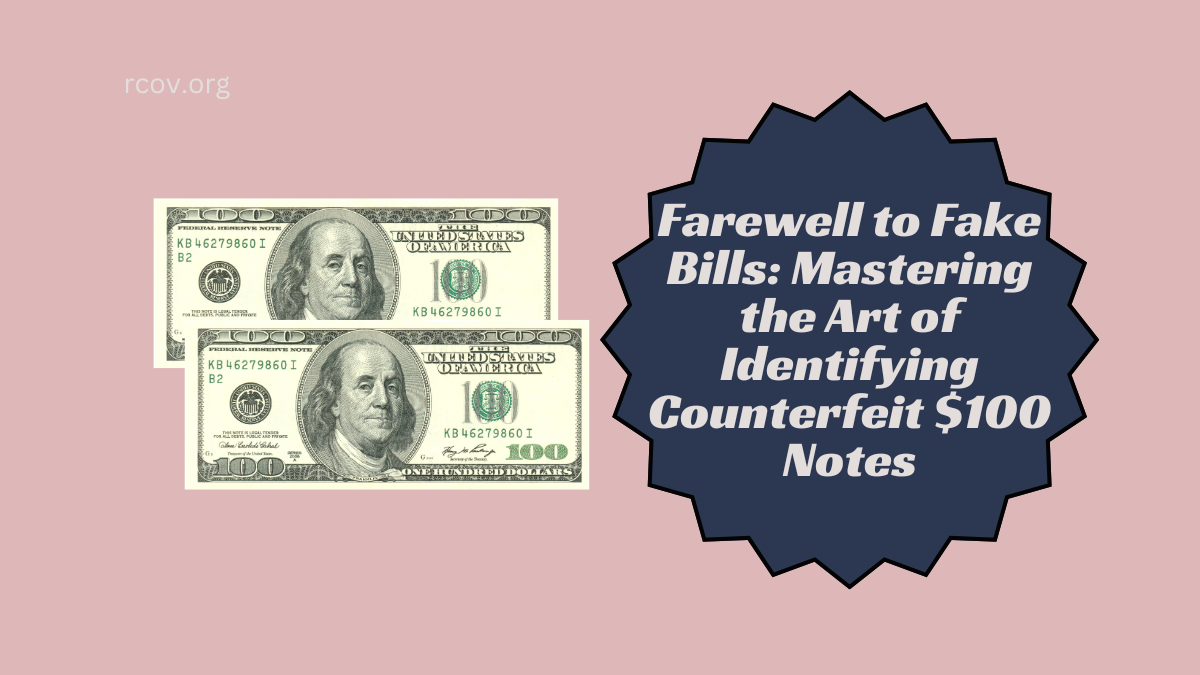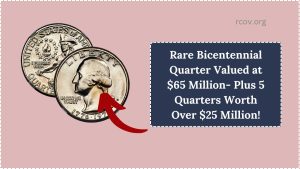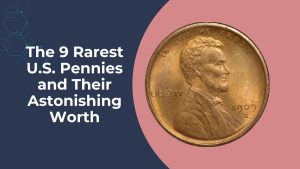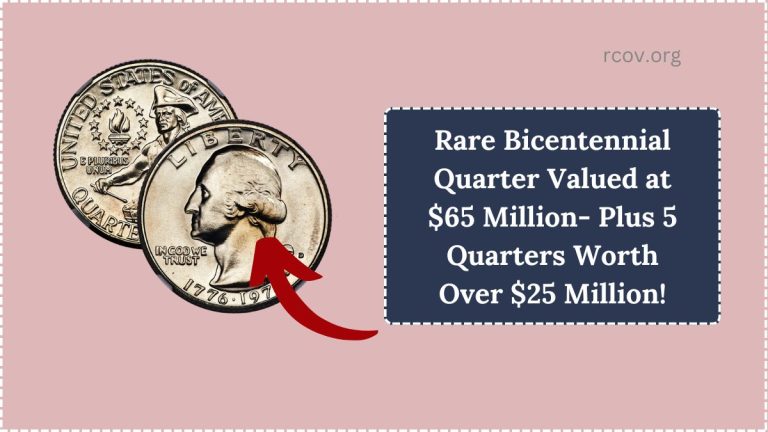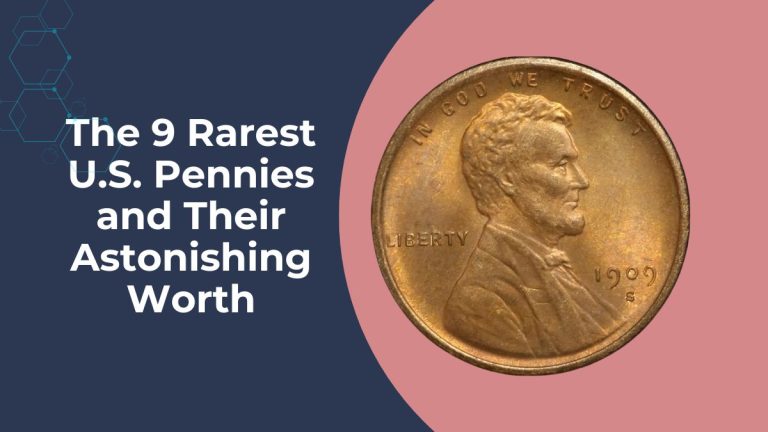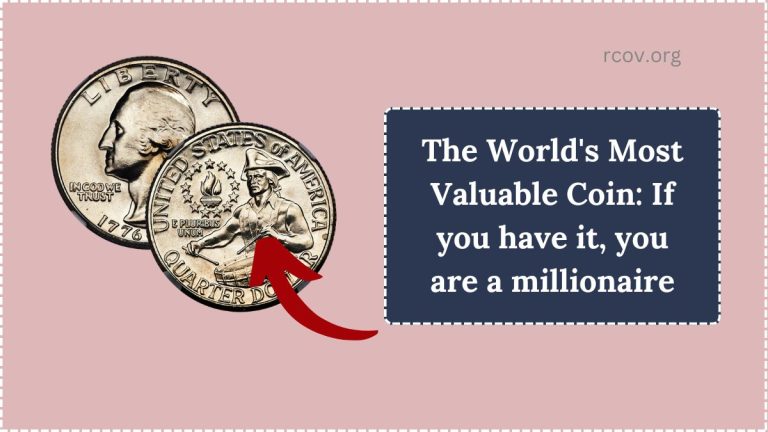Counterfeit currency poses a significant threat to economies worldwide, with the U.S. $100 bill being a prime target due to its high value and widespread circulation. Estimates suggest that between $70 million and $200 million in counterfeit U.S. currency is in circulation at any given time.
To safeguard against financial loss and maintain the integrity of transactions, it’s crucial to understand and identify the security features of genuine $100 notes.
Understanding the $100 Bill’s Security Features
The U.S. Department of the Treasury has incorporated several advanced security features into the $100 bill to deter counterfeiting. Familiarity with these features enables individuals and businesses to authenticate notes effectively.
| Security Feature | Description |
|---|---|
| 3-D Security Ribbon | A blue ribbon woven into the paper on the front of the note. Tilt the note back and forth to see the bells change to 100s as they move. When tilted side to side, the bells and 100s move up and down. |
| Bell in the Inkwell | Tilt the note to see the color-shifting bell in the copper inkwell change from copper to green, an effect which makes the bell seem to appear and disappear. |
| Watermark | Hold the note to light and look for a faint image of Benjamin Franklin in the blank space to the right of the portrait. The image is visible from both sides of the note. |
| Security Thread | Hold the note to light to see an embedded thread running vertically to the left of the portrait. The thread is imprinted with the letters USA and the numeral 100 in an alternating pattern and is visible from both sides of the note. |
| Color-Shifting Ink | Tilt the note to see the numeral 100 in the lower right corner of the front of the note shift from copper to green. |
| Microprinting | Look carefully (with magnification, if necessary) to see the small printed text USA 100 within the numbers in the lower left corner and USA THE UNITED STATES OF AMERICA around the blank space containing the portrait watermark. |
| Raised Printing | Move your finger along the note’s surface to feel the raised printing, which gives genuine Federal Reserve notes their distinctive texture. |
Steps to Authenticate a $100 Bill
- Examine the 3-D Security Ribbon: Tilt the note back and forth while focusing on the blue ribbon. You will see the bells change to 100s as they move. When you tilt the note back and forth, the bells and 100s move side to side. If you tilt it side to side, they move up and down. The ribbon is woven into the paper, not printed on it.
- Check the Bell in the Inkwell: Tilt the note to see the color-shifting bell in the copper inkwell change from copper to green, an effect which makes the bell seem to appear and disappear.
- Look for the Watermark: Hold the note to light and look for a faint image of Benjamin Franklin in the blank space to the right of the portrait. The image is visible from both sides of the note.
- Identify the Security Thread: Hold the note to light to see an embedded thread running vertically to the left of the portrait. The thread is imprinted with the letters USA and the numeral 100 in an alternating pattern and is visible from both sides of the note.
- Observe Color-Shifting Ink: Tilt the note to see the numeral 100 in the lower right corner of the front of the note shift from copper to green.
- Inspect for Microprinting: Look carefully (with magnification, if necessary) to see the small printed text USA 100 within the numbers in the lower left corner and USA THE UNITED STATES OF AMERICA around the blank space containing the portrait watermark.
- Feel for Raised Printing: Move your finger along the note’s surface to feel the raised printing, which gives genuine Federal Reserve notes their distinctive texture.
Common Counterfeiting Techniques
Counterfeiters often employ methods such as “washing” lower denomination bills to reprint them as higher denominations. This process involves removing the original ink and reprinting the note with a higher value, while retaining the authentic paper.
However, such notes can be detected by checking for mismatched security features, such as incorrect watermarks or security threads that do not correspond to the purported denomination.
Legal Implications and Reporting Counterfeit Currency
Possessing or knowingly passing counterfeit currency is a federal offense in the United States, punishable by fines and imprisonment. If you suspect that you’ve received a counterfeit bill, it’s essential to report it immediately to local law enforcement or the U.S. Secret Service.
Do not attempt to pass the counterfeit note to someone else, as this is illegal. Instead, place the note in a protective covering, handle it as little as possible, and provide authorities with all relevant information, including how and when you received it.
Conclusion
Being vigilant and knowledgeable about the security features of the $100 bill is crucial in the fight against counterfeiting. By familiarizing yourself with these features and routinely checking your currency, you can protect yourself and others from the financial and legal repercussions associated with counterfeit money.
FAQs
What should I do if I receive a counterfeit $100 bill?
Immediately report it to local law enforcement or the U.S. Secret Service. Handle the note as little as possible and place it in a protective covering. Provide details about when and where you received it.
How can I verify a $100 bill without professional tools?
You can visually inspect and feel the security features such as the 3-D ribbon, watermark, security thread, and raised printing. A simple UV light can also reveal the embedded thread.
Are older $100 bills easier to counterfeit?
Yes, older designs lack many of the advanced security features found in newer notes, making them more susceptible to counterfeiting.
What are the penalties for knowingly using counterfeit money?
Possessing or passing counterfeit currency is a federal offense punishable by fines, imprisonment, or both, depending on the severity of the case.
Can counterfeit detection pens identify fake $100 bills?
While detection pens can reveal counterfeit paper made from common materials, they are not foolproof and may not detect counterfeit bills printed on bleached genuine currency paper.
